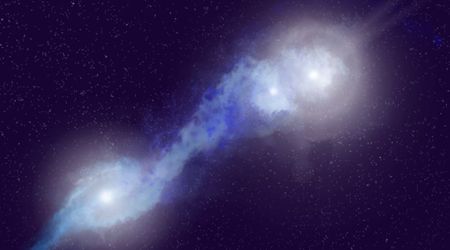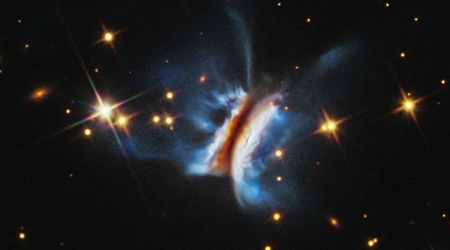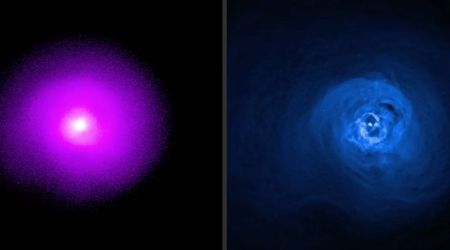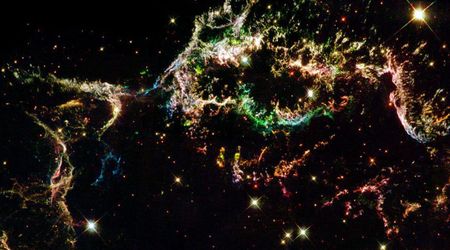M35

Star clusters are among the most beautiful objects in the night sky. Several are easily visible with the naked eye, notably the Pleiades and the Hyades in Taurus and the Beehive Cluster in Cancer; many are within the range of binoculars or small telescopes.
Star clusters come in two varieties: globular clusters and open clusters (sometimes also called galactic clusters). Globular star clusters were born during the early days of the Milky Way and are as old as our galaxy itself. They are huge compact spherical balls of ten thousand to a million stars and are found in the galactic halo, well above and below the thin disk of the Galaxy. Open clusters, in contrast, lie in and near the arms of our Milky Way Galaxy and may contain anything from a few dozen to a few hundred stars.
A beautiful open star cluster, easily visible in binoculars and on the fringe of naked- eye visibility, lies almost directly in the galactic anticenter direction (i.e. directly outward from us in the opposite direction from the center of the Galaxy), about one hundred light years above the galactic central plane.
M35 can be found in the constellation Gemini, near the feet of the twins, close to the border with Taurus. It contains over one hundred member stars scattered across an area as large as the full Moon. Binoculars show the cluster as a mottled patch enveloped in mist, but small telescopes clearly show individual stars, of 8th magnitude and fainter.
The brightest stars of the cluster average about 400 times the luminosity of our Sun and their spectral types range from B3 to G0; M35 also contains several yellow and orange giant stars of late G and early K type. Careful observers will note that the stars are arranged in disconnected chains, somewhat reminiscent of the lights on a Christmas tree.









